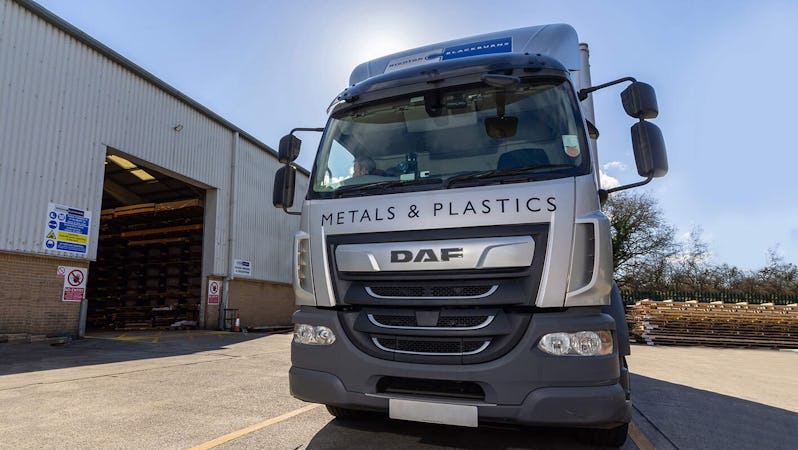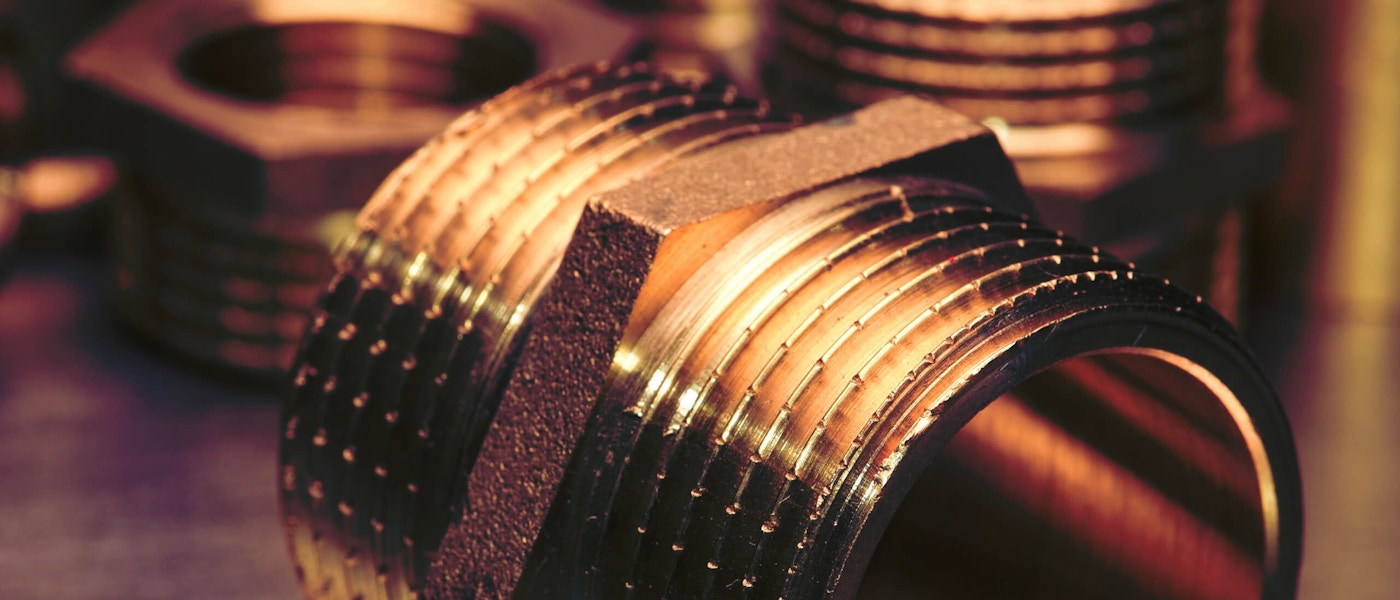Righton Blackburns Brass
With one of the largest in-stock ranges of brass in the UK, we are able to offer a truly diverse selection of sheet, plate, bar, tube, wire, extrusion and composites across a wide variety of industries and markets.
Brass and its many manufacturing processes allow for a substantial range of diverse applications. Add to this its very unique properties such as acoustic quality and desirable look, and brass can expect a highly sustainable and prosperous future.
As laid-out, its uses are only limited by its manufacturing processes which continue to expand by innovation and creativity, and make brass a dependable and extremely flexible resource in today’s ever-changing world.
Righton Blackburns sincerely aims to be at the cutting-edge of these advancements and continue to supply an ever-growing customer base with professionalism, courtesy and a substantial ‘ready-to-go’ stock range.






